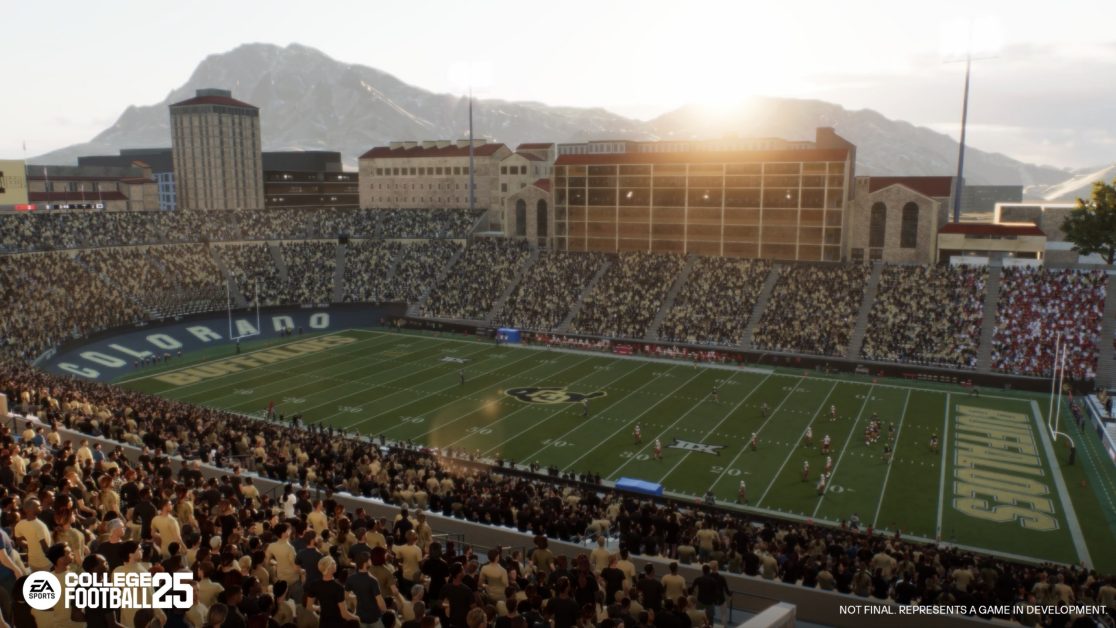Honestly, it wasn't the most interesting presentation as its content repeated many other optimization guides and threading talks from other events.I tried watching the presentation but unfortunately it was hard to hear/follow as the presenter was speaking far too quickly.
The highlights for me personally were the special care notes about the sampler feedback on AMD, which requires sparse sampling for performance, as well as the special care needed on AMD for the scalarization for bindless.
Unfortunately, yet another presentation with zero confirmation of Lurkmass's theories about the superior binding model on AMD




